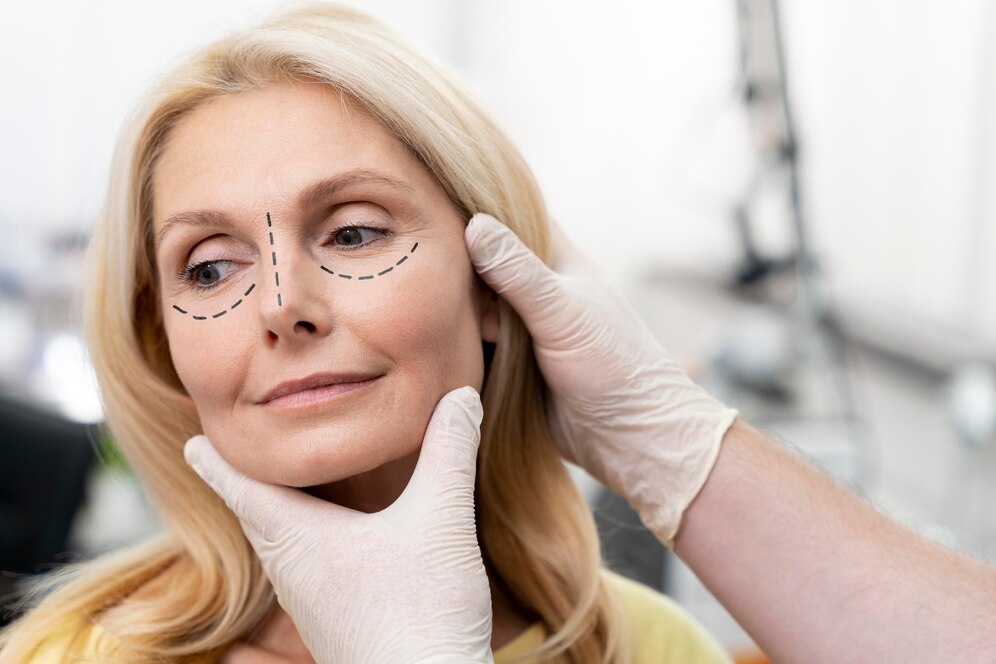What is Facial Fat Transfer?
Facial Fat Transfer is a surgical treatment that augments lost facial volume, often seen with ageing. One of the hallmarks of ageing is loss of volume, which can make the face appear gaunt, hollow or sunken. Facial fat transfer adds volume and re-contours the facial areas.
The treatment involves transferring fat from the stomach or thighs. The fat is then purified and processed during the procedure and injected into the face. The fat transfer is rich in stem cells, which brings additional advantages such as improvements in skin quality.
The facial fat transfer treatment can considerably enhance the results of blepharoplasty surgery as lower-lid bags are frequently associated with temple wasting and central facial volume reduction.
In addition to boosting the outcomes of blepharoplasty, treatment can also serve to improve skin quality.
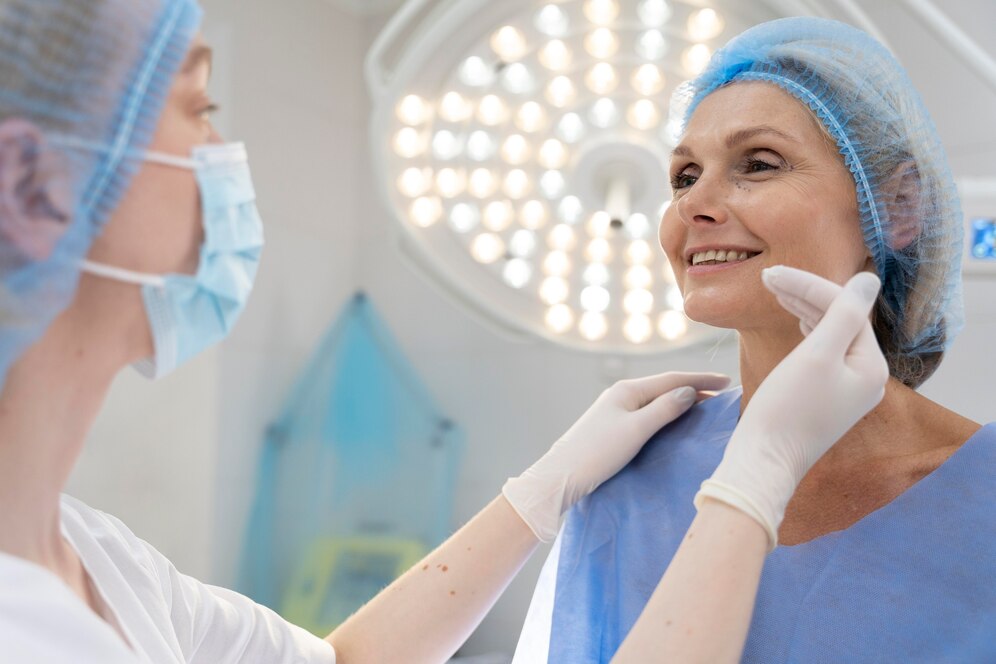
Benefits of Fat Transfer to Face
Facial fat transfer is an innovative solution to this age-related volume loss. This procedure offers a safe approach with a significantly reduced risk of infection or rejection, unlike other invasive techniques or implants.
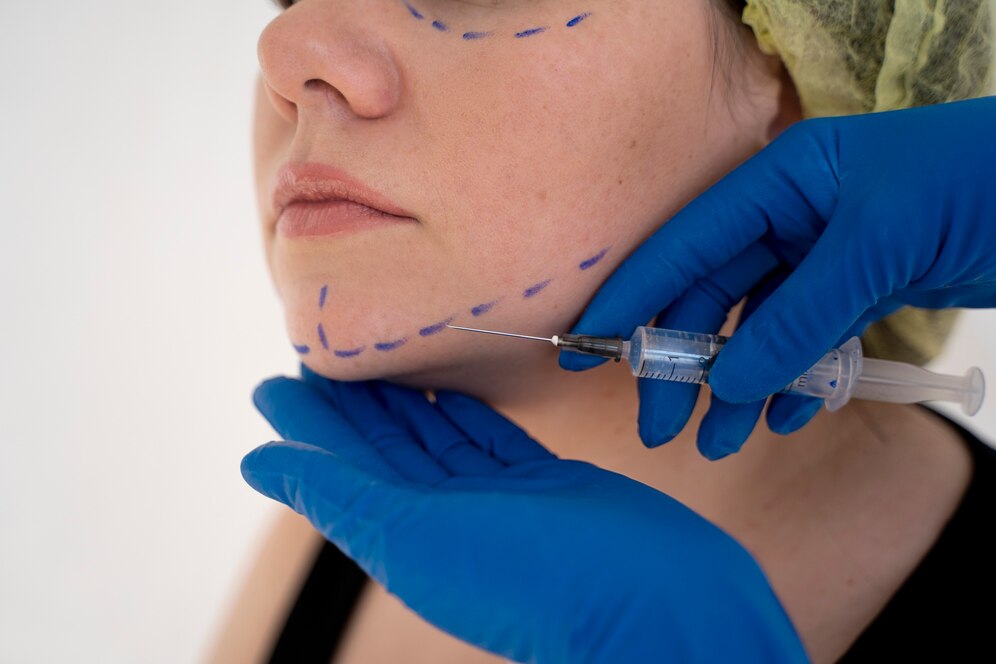
In addition to improvement in facial volume, the treatment offers several other benefits, including:
- Improvement in skin quality: The stem cells contained within the fat transfer are thought to improve the overall quality of the connective tissue and skin scaffolding.
- Minimally Invasive: Performed under local anaesthesia with sedation, this procedure is less invasive than traditional surgeries, ensuring a comfortable experience.
- Quick Recovery: Most patients can resume daily activities within a few days, avoiding extended hospital stays.
- Natural Results: Using the patient’s existing fat tissue ensures results that blend seamlessly with the natural facial contours.
- Low Discomfort: There is minimal pain, irritation, or scarring post-procedure.
- Long-Lasting Results: This treatment offers a long-lasting rejuvenated appearance which combats age-related facial volume loss. However, it must be noted that fat is always reabsorbed after the process. Typically, 30% of the fat is reabsorbed, and so repeat procedures may be necessary.
Areas for a Fat Transfer to Face
The facial fat transfer refreshes and plumps a tired appearance. It is a versatile treatment which can address various different areas affected by ageing and restore volume precisely where it’s needed: the cheeks, lips, and around the eyes, framing a more youthful and vibrant aesthetic.
This treatment is especially effective in addressing:
- Frown lines
- Fine lines
- Eyelid/cheek interface
- Hollowed and sunken cheeks
The benefits of a facial fat transfer treatment don’t stop there; they can also treat the hollowed appearance in the temples and forehead, a common occurrence in ageing skin.
Although the fat transfer cannot physically lift tissue, the volume augmentation gives the appearance of elevation: for example, fat transfer placed beneath the eyebrows can give the appearance of a lift to the brows and upper eyelids, crafting a more wide-eyed and refreshed look.
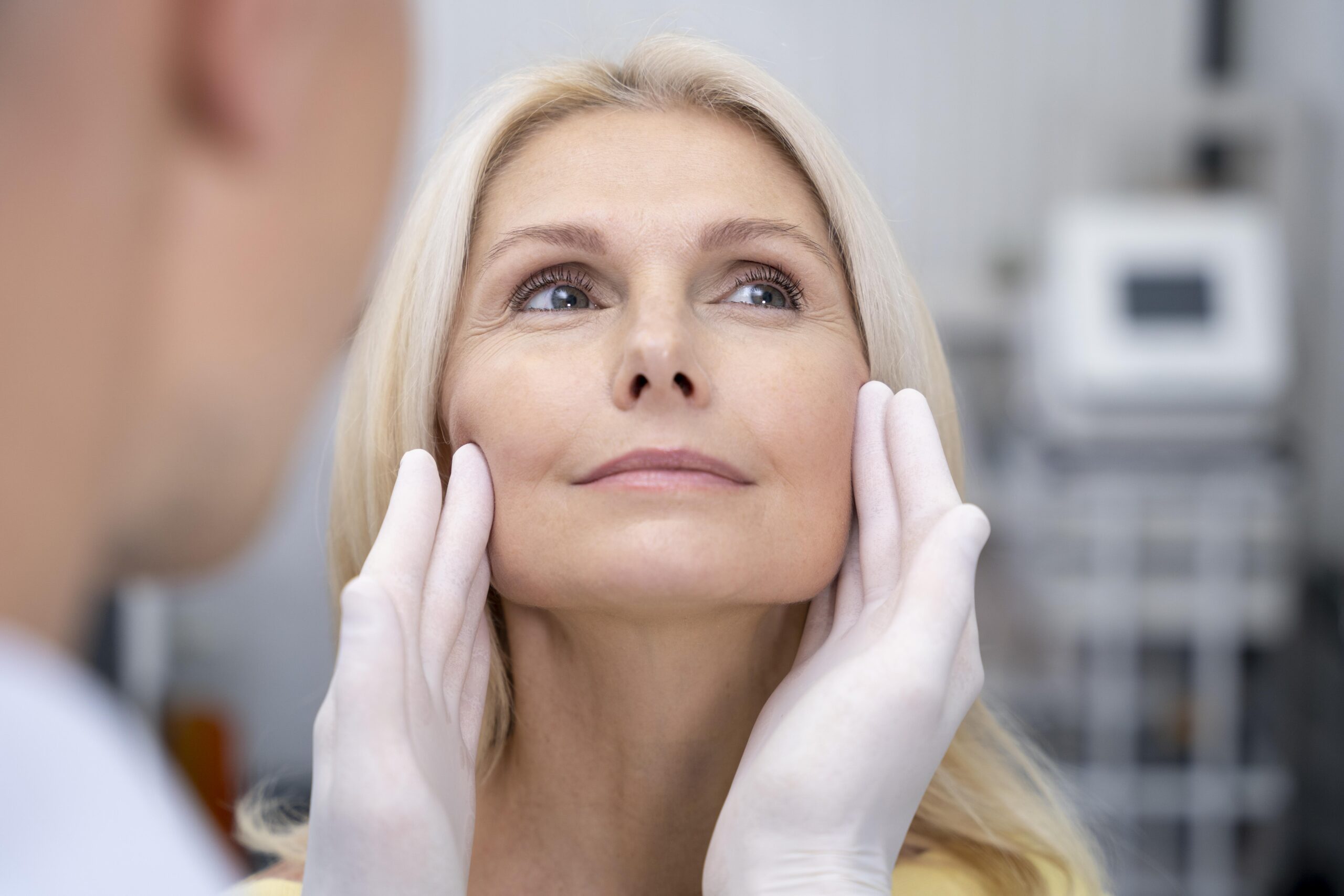
Who is suitable for a Facial Fat Transfer?
At the Ezra Clinic, understanding who is best suited for a facial fat transfer is key to ensuring successful results. This advanced procedure, often called fat grafting face, is ideally suited for women and men seeking to counteract age-related facial volume loss or those who have undergone significant weight loss and are looking for these changes to be extended to their facial features.
Our specialist consultant surgeons, including Dr. Ezra, conduct detailed assessments to determine the patient’s suitability for this treatment. Patients considering a facial fat transfer should possess surplus fat, typically in areas like the abdomen, flanks, and thighs, which can be collected through liposuction. This fat is then injected into the facial areas.
Candidates for fat transfer must be in good physical and mental health, ensuring a safe procedure and healing. Moreover, realistic expectations about fat transfer outcomes to the face are crucial. We are often asked about fat transfer to the tear trough area as an alternative to filler. Generally speaking, isolate injections to very delicate areas like the tear trough carry a higher risk of developing lumps and bumps as the area is very thin and unforgiving.
During your consultation at the Ezra Clinic, our specialists will evaluate your facial structure and the potential donor fat areas.
This evaluation is vital to confirm the adequacy of fat for extraction and the feasibility of addressing the patient’s facial concerns through fat grafting.
Our approach is not just about enhancing appearance; it also focuses on overall health, ensuring the patient is fit for the procedure, including general anaesthesia or sedation.
Whether the goal is to rejuvenate the facial appearance, smooth out fine lines and wrinkles, or seek a more lasting solution than dermal fillers, facial fat transfer offers a compelling option.
Facial fat transfer can be an excellent complement for those considering additional facial enhancements, such as a Lift & Fill Facelift or blepharoplasty.
To find out if you are a candidate for a facial fat transfer, please schedule a consultation with our specialists at the Ezra Clinic. Together, we can work towards achieving your desired look with precision and care.
Facial Fat Transfer in London
At The Ezra Clinic, we specialise in restoring a natural look that is age appropriate. Our clinic prides itself on adopting the most advanced and refined fat transfer techniques.
The Ezra Clinic doesn’t just perform procedures; we craft personalised experiences focused on safety, comfort, and exceptional results. Choose us for a transformative journey towards a rejuvenated appearance backed by the expertise and dedication of Dr. Ezra and his expert medical team.
Embrace a fresher, plumper look.
Book your consultation at The Ezra Clinic, where excellence in facial rejuvenation awaits.

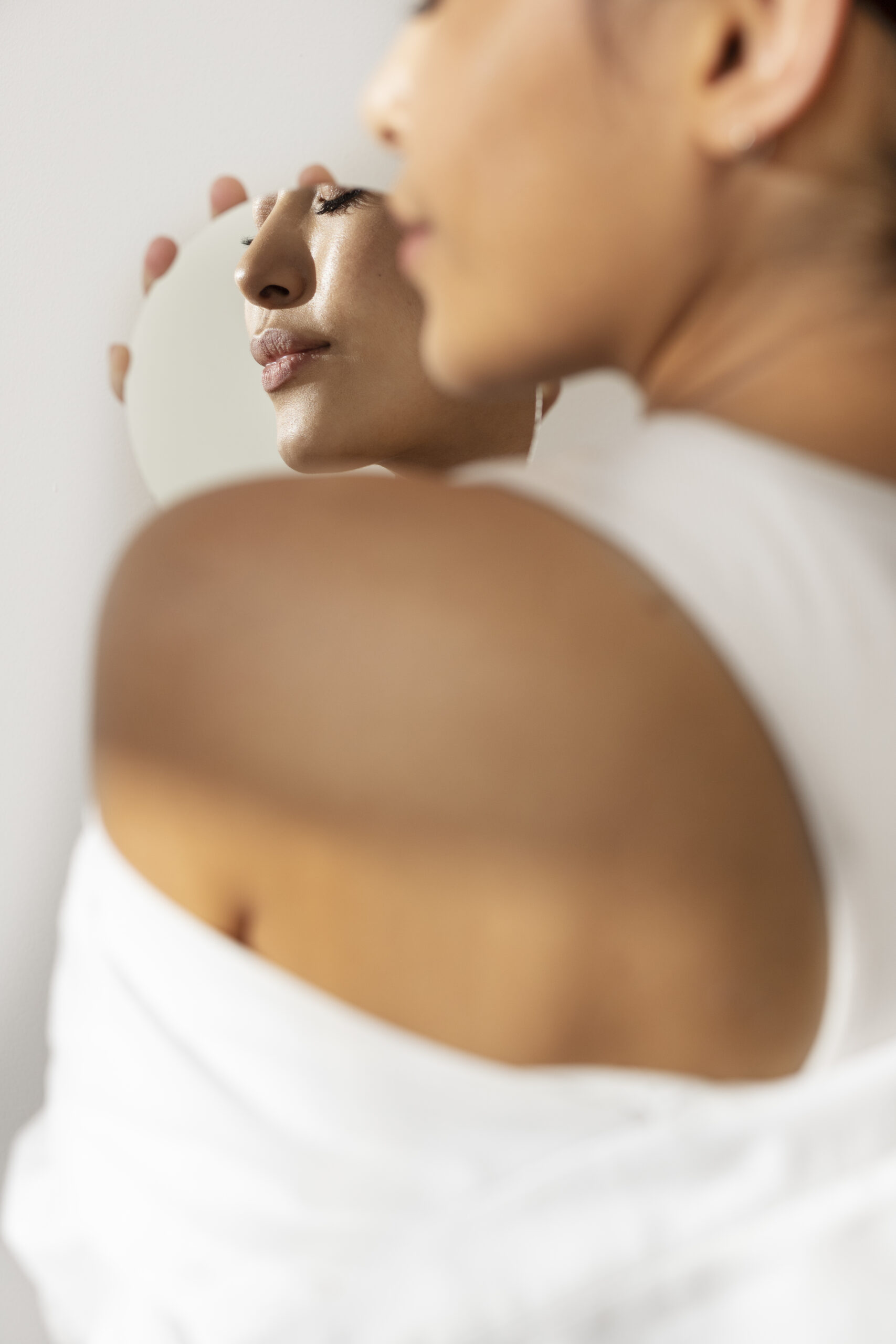
Consultation
During your initial consultation, your surgeon will discuss the procedure, the risks involved and any specific post-procedure instructions with you. Depending on your circumstances, we will be able to determine whether you are a suitable candidate for a fat transfer, or he may recommend other types of treatment. A fat transfer procedure is often combined with other facial and eye procedures, especially the blepharoplasty treatment.
Our doctors are dedicated to addressing any concerns and ensuring you are comfortable, confident and informed about your decision. This consultation is also your opportunity to ask any questions you may have about any aspect of the procedure.
Face fat transfer procedure
The procedure revitalises and adds volume to the face by reusing excess fat tissues, which ensures a natural look and feel. This procedure is minimally invasive, performed under local anaesthesia with sedation, and typically takes up to 90 minutes.
First, fat is extracted from a donor area, typically the abdomen, thighs, or hip. This is done through a form of limited liposuction, prioritising minimal discomfort and reducing post-procedure effects such as bruising or swelling.
The gathered fat is then processed using a sophisticated filtration system to isolate mesenchymal stem cells, which is crucial for successful grafting.
The purified fat is carefully reinjected into facial areas to restore volume. Our surgeons tailor the procedure using various specialised techniques to the desired volume enhancement and specific facial areas. Daniel Ezra and his team ensure a comfortable procedure with minimal downtime, achieving natural, youthful results.
Recovery and Aftercare
We highly recommend arranging for a friend or family member to collect you from our clinic to ensure a smooth and safe recovery following your fat transfer procedure. Driving is not advisable as you may still be experiencing aftereffects of the local anaesthesia.
In the initial days post-procedure, it's common to experience some bruising and swelling. However, these effects are typically minimal, thanks to modern advancements in our technique. Applying an ice pack to the affected areas can aid in reducing swelling, and if necessary, makeup can be applied gently to conceal any bruising.
A certain degree of numbness around the incision and transfer sites is normal. Although small scars, measuring 1-2mm, may be visible initially, they are expected to diminish over time.
We advise against engaging in strenuous activities until the treated area has completely healed. Your surgeon will give you specific instructions after your procedure; generally, however, the healing process takes around two weeks. Most patients find they can comfortably return to work after a few days.
Adhering to the post-procedure care instructions is necessary for a swift and effective recovery. Your doctor will schedule a follow-up consultation to monitor your healing progress.
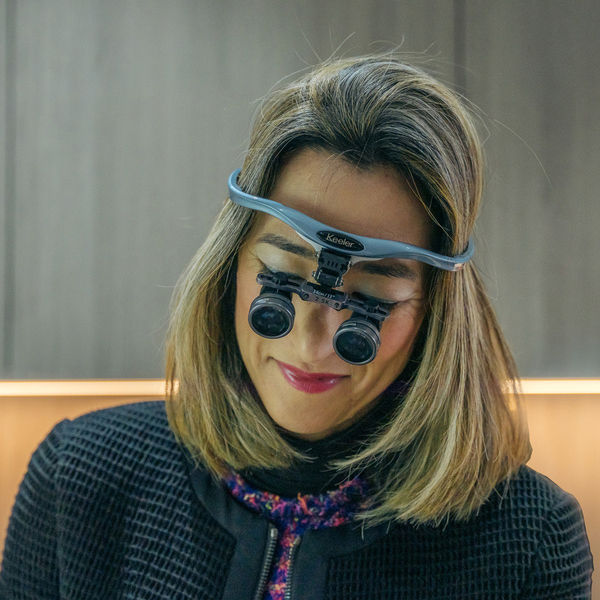
Expected Results

The final results of your facial fat transfer procedure will typically be visible within a few weeks, marking the beginning of an ongoing phase of improvement.
As the healing progresses over three to six months, you can expect to see further results as the transferred fat redistributes and settles into its new area. Your specialist will provide specific guidance during your consultation and will tailor their advice to your needs.
It’s important to note that while fat transfer to the face offers long-lasting rejuvenation, the results may not be permanent. Some patients may require additional treatments to maintain the effects, although, for many, the effects endure for several years, providing a significant and enduring rejuvenation.
Cost of Fat Transfer
Experience the potential of our facial fat transfer treatment. Schedule your consultation now to explore if this treatment is right for you and to learn about further pricing details.
